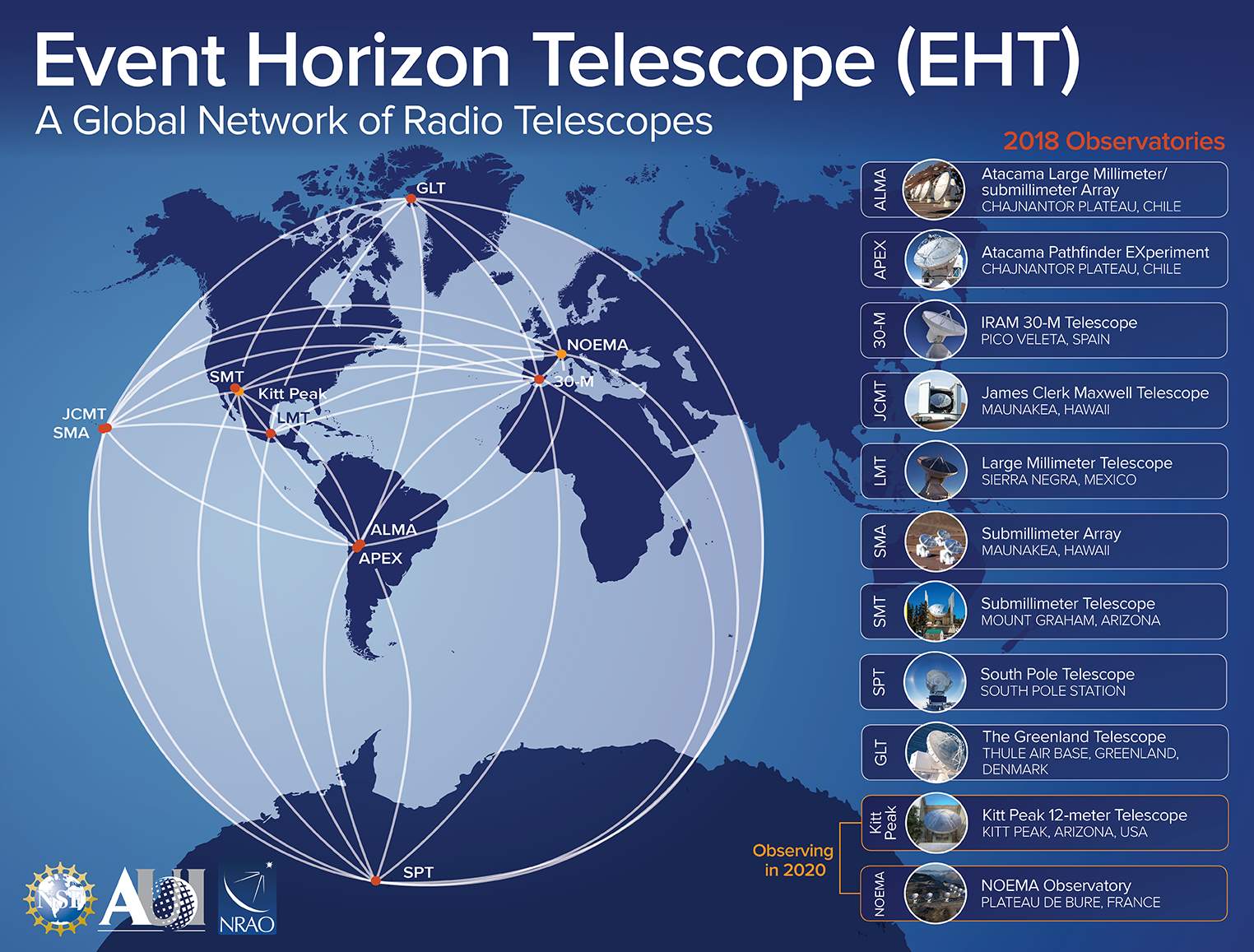

It took an incredible feat of technology to “hear" the vibrations of that cosmic crash: two laser interferometers, each 4 kilometers on a side and able to detect a change in the lengths of their arms less than 0.01 percent the width of a proton. And the Nobel Prize–winning detection in 2015 of gravitational waves-essentially, a chirp of rippling space-time created by the whirling merger of two ordinary black holes more than a billion light-years away-offered yet another piece of evidence that black holes are real. Fed by matter and energy spiraling in from their host galaxies over eons, these are the most massive objects known, and they create around them the most extreme conditions found anywhere in the universe. Any matter, light, or radiation crossing the edge of this trap, known as the event horizon, disappears forever.īut the gargantuan black holes that we now think inhabit the centers of most galaxies-like the 4-million-solar-mass Sagittarius A* (Sgr A* for short) cloaked behind a veil of dust in the Milky Way and the 6.5-billion-solar-mass M87*-are different beasts altogether. These “ordinary" black holes form when a star 10 times as massive as the sun or heavier collapses into something so dense that it bends the very fabric of space-time enough to form a spherical trap. Most black holes are probably far too small and distant for us ever to observe. Photos, clockwise from top: EHT Collaboration Daniel Michalik/South Pole Telescope William Montgomerie/JCMTīy the turn of the 21st century, astronomers had come to believe that black holes must be common. Another telescope, at the South Pole (right), aided in the calibration of the telescope network and is used for observing other astronomical sources. The data that went into constructing those images came from seven radio telescopes spread over the globe, including the James Clerk Maxwell Telescope, in Hawaii (left). Seeing By Radio: Last year, scientists published images of a black hole called M87* (top). Supermassive black holes could account for such observations, and no other explanation seemed very plausible. Astronomers observed extraordinarily bright, compact objects and powerful galactic-scale jets beaming from the centers of many galaxies-including Messier 87-as well as stars and gas clouds orbiting hidden central objects.

Even more mysterious were supermassive black holes, hypothesized to lurk in the hearts of galaxies. Astronomers debated for decades later whether massive stars would create black holes when they collapse under their own weight at the end of their lives. The existence of black holes was a dubious prediction of the general theory of relativity, which Einstein developed a little over a century ago.

#EVENT HORIZON TELESCOPE COST MOVIE#
National Science Foundation and others, we have set an ambitious goal: to make a movie of the swirling gravitational monster that forms the black heart of our own Milky Way galaxy. Thanks to an infusion of new funding from the U.S. Now we are adding more giant dish antennas to sharpen our view of such objects. In recognition of the global teamwork required to combine efforts in black-hole theory and modeling, electronic instrumentation and calibration, and image reconstruction and analysis, the 2020 Breakthrough Prize in Fundamental Physics was awarded to the entire collaboration. It is likely among the most labor-intensive scientific images yet created. Within weeks of our announcement (and the publication of six journal articles), an estimated billion-plus people had seen the picture of the light-fringed shadow cast by M87*, a black hole at the center of Messier 87, a galaxy in the Virgo constellation. After more than 10 years of work, this collective effort, known as the Event Horizon Telescope (EHT) project, was finally able to illuminate one of the greatest mysteries of nature. Our group-made up of more than 200 scientists and engineers in 20 countries-combined eight of the world's most sensitive radio telescopes, a network of synchronized atomic clocks, two custom-built supercomputers, and several new algorithms in computational imaging. To accomplish it, our team had to build a virtual telescope the size of the globe and pioneer new techniques in radio astronomy. Many were shocked that we had pulled off this feat. Last April, a research team that I'm part of unveiled a picture that most astronomers never dreamed they would see: one of a massive black hole at the center of a distant galaxy.


 0 kommentar(er)
0 kommentar(er)
